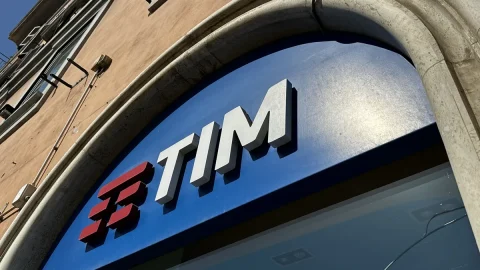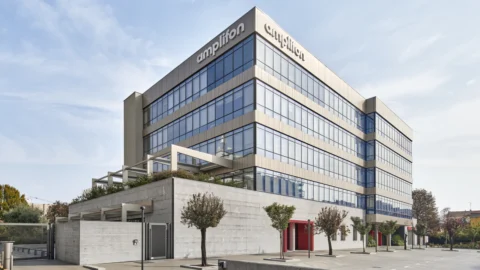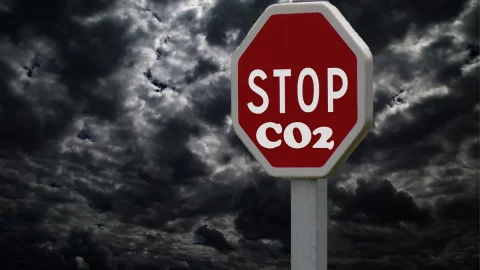Can leadership be used as an anti-corruption tool? And if so, what are the characteristics that a leader must have? And what are the possible operational declinations of a leadership understood in this way? These are some of the questions to fight corruption that we tried to answer in a debate, held last week, at the end of the sixth edition of the Anti-Corruption Master of the University of Tor Vergata.
A conceptualization of leadership, thus finalized, was at the center of the testimony of Giuseppe Busia, President of the National Anti-Corruption Authority, who recalled how "exercising leadership in the field of anti-corruption means combining the know-how of punctual knowledge of the various institutions and institutions with the know why, the understanding of the ultimate goals and of the profound values for which one can only fight against corruption”. Furthermore, for the President of the ANAC, “promoting the culture of legality and building the common good within the the Institutions , Public Administration they require mature, prepared and motivated professionals”. Therefore, "in everyday life leaders of the common good are needed, committed to doing their duty with rectitude and the ability to improve things, building communities against distrust and indifference".
Fighting Corruption: Corporate Leadership
Emiliano Di Carlo, Full Professor of Business Economics at the University of Tor Vergata and Director of the Master, after recalling the centrality of leadership in the overall design of the Master, underlined its crucial role at the corporate level, with reference to businesses and Public Administration, “for the pursuit of the real winning objective, the common good, the main factor of cultural change need prevention of corruption". Taking into account that "leadership requires three skills: technical, emotional and economic-business". Di Carlo then outlined the figure of the responsible leader, who "is not only the one who does not damage the organization and/or mitigates the risk that others could damage it, but the one who directs his collaborators to take care of people and the 'organization".
Institutional leadership
Coming then to the operational declinations of leadership and starting with those of an institutional nature, Federico Cafiero de Raho, former National Anti-Mafia and Counter-terrorism Prosecutor, illustrated the methods of exercising the leadership of this Institution, "favoring and spreading the model of sharing, which has cemented the relationship between the judicial police and the judiciary, so as to generate a single team, that State team, which is committed every day to achieving the goal of defeating illegalities".
There is also a second aspect, no less relevant, underlined Cafiero de Raho, that of "collaboration projects with the National or General Prosecutors of other Countries". In this context, a particular mention goes to what was started in cooperation with the OSCE through the Declaration of Intent, signed by the National Anti-Mafia Directorate in November 2016 in Belgrade with the prosecutors of the countries of the Western Balkan area (Serbia, Montenegro, Slovenia, Croatia, Macedonia and so on for a total of 11 nations), with the result of "creating an authentic network aimed at joint action against organized crime and terrorism".
Still on the institutional level, another example of leadership was offered by the speech by Alessandra Perrazzelli, Deputy General Manager of the Bank of Italy, who highlighted how "the Bank of Italy promotes ethical leadership internally and the importance to the banking and financial system“, he added: “the regulation of supervision of the Bank of Italy it provides for a precise accountability of the top management bodies of the banks in the dissemination of a culture of legality, following a tone from the top perspective, which is essential to ensure that the entire corporate organization adheres to it. Finally, the assessment of leadership, understood as the ability to inspire corporate strategies and to maintain the cohesion of the organizational structure in pursuing them, is an integral part of the analysis of the governance models of the supervised intermediaries”.
Fighting Corruption: Corporate Operational Leadership
No less relevant were, then, two examples of corporate operational leadership. In the first Nicola Allocca, Director of Risk Compliance and Quality of Autostrade per l'Italia, recalled that "a specific Next to legality program has been envisaged as part of the Group's transformation plan, which reflects the company's attention to culture of legality". A cutting-edge program, which is aimed at "implementing innovative solutions inspired by OECD, BIAC, B20 and G20 guidelines, tools and monitoring standards".
Furthermore, continued Allocca, "our participation in national and international institutional tables allows us to deal with the most innovative experiences, stimulating us to continue along this path, also supported by significant recognitions, such as the attribution of the Presidency of the Anti-Corruption Committee of the Business at the OECD and admission to the Business Integrity Forum of Transparency International Italia”.
In the second corporate intervention, Vincenzo Sanasi d'Arpe, Chief Executive Officer of Consap, first of all recalled that in that company there are "appropriate organizational measures for the management of the risk of corruption, including the identification of the Head of prevention of corruption and transparency”. Then, he focused on the “model of democratic and participatory leadership chosen within Consap, which, on the one hand requires all external stakeholders to adopt behaviors to combat corruption; on the other, internally, it spreads the value of the commitment to act responsibly, promoting ethical and transparent behavior by each individual employee to strengthen the company's reputation”.
Military leadership
To complete this journey into the operational declinations of leadership, Gaetano Scazzeri, Regional Commander for Basilicata of the Guardia di Finanza, illustrated how military leadership should be understood, underlining that, even in this specific context, "the best results derive from the ability to involve , to instill passion in their team, so that the related tasks are pleasant and constructive”.
From the plurality of first-hand professional experiences, including that of Head of the Anti-Corruption Unit of the Guardia di Finanza, Scazzeri has drawn some convictions on the characteristics of leadership, which are also useful in terms of combating corruption: "the ability to dialogue, clarity in explaining even negative feedback, avoiding the two extremes of the drift towards self-referential narcissistic complacency and an interpretation of it in an absent, detached, procrastinating, non-decision-making way, or worse, tolerant". A leadership model that can certainly be applied in much wider areas!





